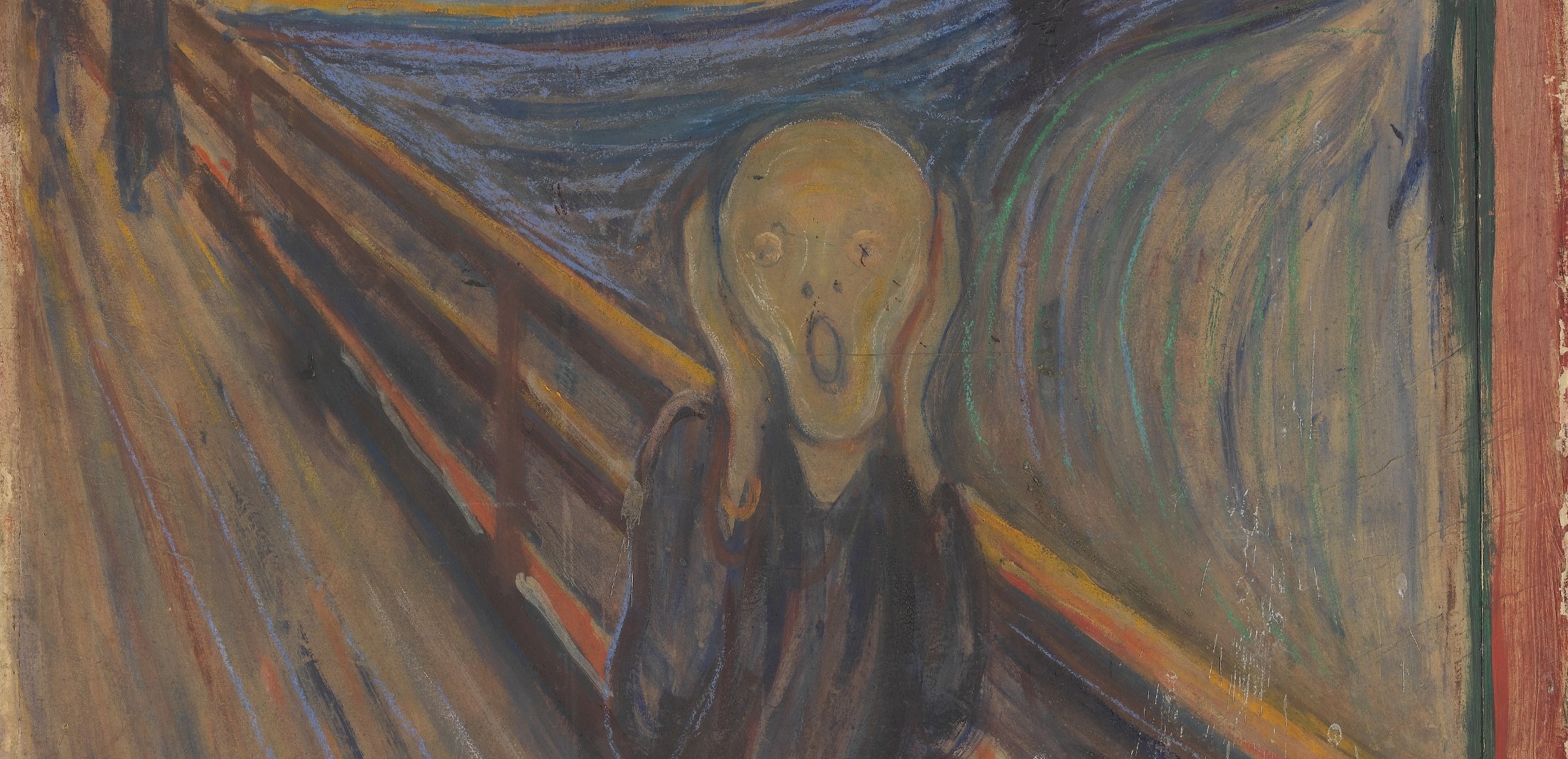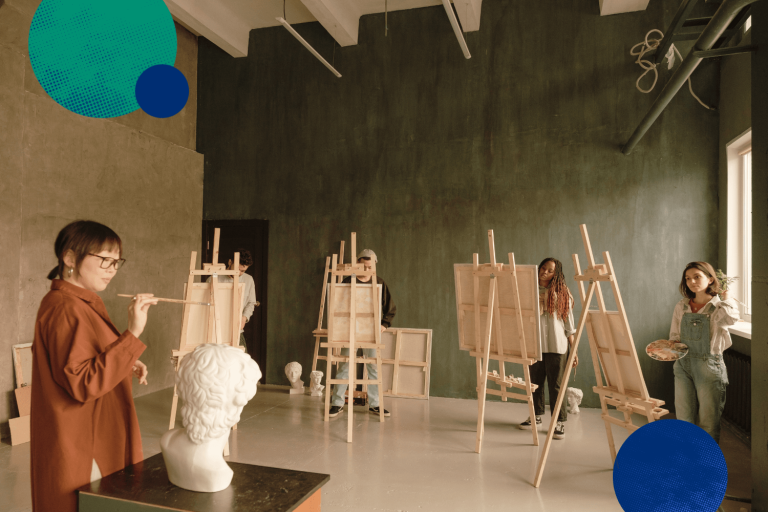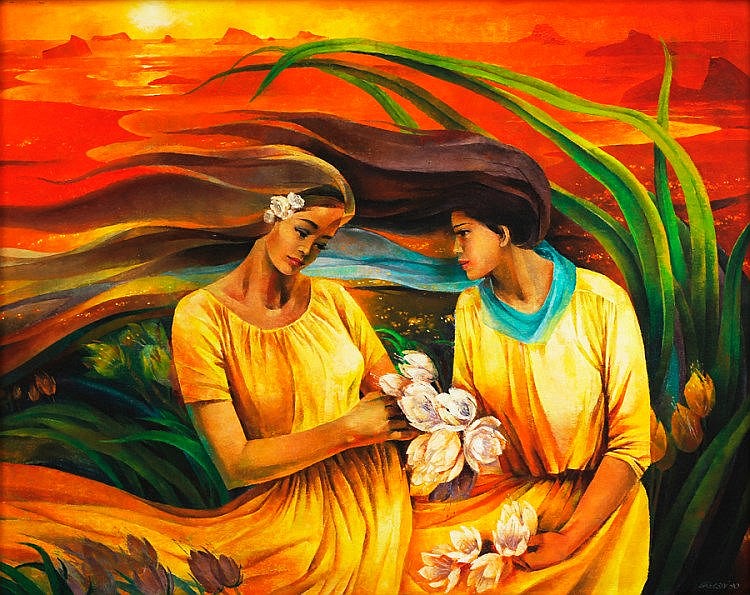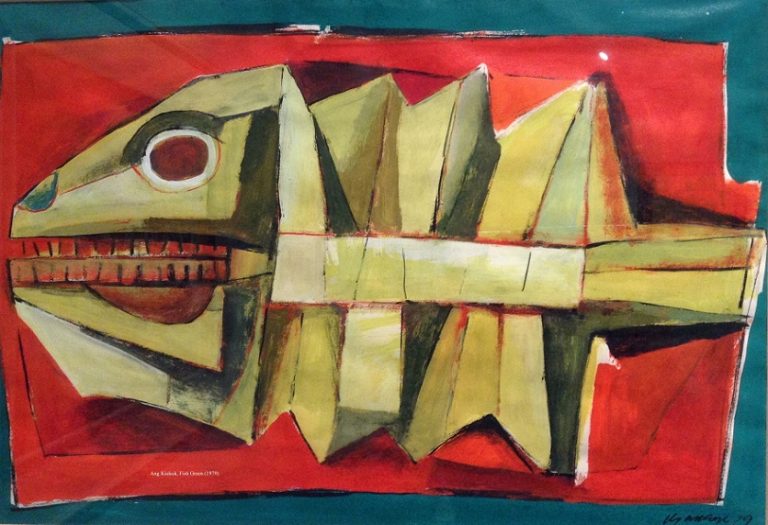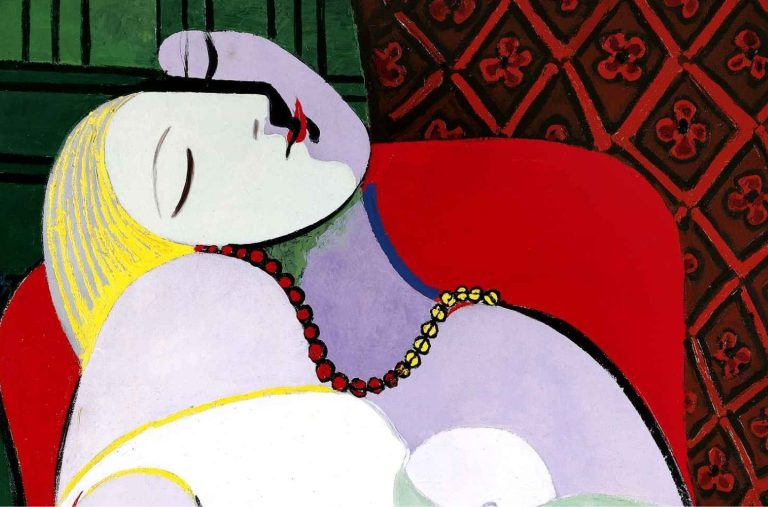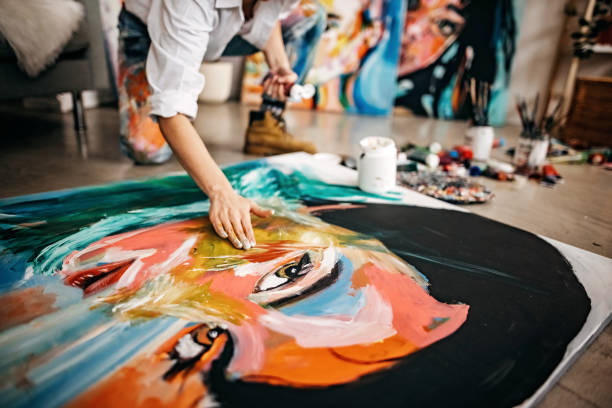12 Incredible Facts About Well-Known Paintings That You May Not Be Aware Of
Paintings have always served as windows into culture, history, and the thoughts of their artists in addition to being works of art. Even though many works of art are instantly recognizable, they frequently contain intriguing tales, secrets, and mysteries that the majority of people are unaware of. These 12 amazing facts about famous paintings will completely change your perspective on them.
1. The Mona Lisa Has No Eyebrows
Leonardo da Vinci’s Mona Lisa is arguably the most famous painting in the world. But if you look closely, you’ll notice something odd—she has no eyebrows or eyelashes. Historians believe they were either never completed or may have faded or been removed during overzealous cleaning and restoration efforts in the past.
2. The Last Supper Barely Survived
Leonardo da Vinci’s The Last Supper has been on the brink of destruction multiple times. During World War II, bombs landed just feet away from the convent wall that holds the mural in Milan. Miraculously, sandbagging protected the masterpiece, and it remains intact to this day.
3. Van Gogh Painted Starry Night From Memory
One of Vincent van Gogh’s most iconic works, Starry Night, was not painted outdoors as many assume. Instead, he painted it from memory while staying in a mental asylum in Saint-Rémy-de-Provence. The swirling sky reflects both his imagination and his inner struggles.
4. The Persistence of Memory Was Inspired by Melting Cheese
Salvador Dalí’s surrealist masterpiece with melting clocks, The Persistence of Memory, was actually inspired by watching cheese melt in the sun. This small moment sparked one of the most recognizable works of surrealism in history.
5. Michelangelo Didn’t Want to Paint the Sistine Chapel
Although not technically a “painting on canvas,” Michelangelo’s Sistine Chapel ceiling is one of the greatest art achievements in history. Interestingly, he never wanted the job—Michelangelo saw himself as a sculptor, not a painter. Yet his reluctant project became one of the most admired masterpieces in the world.
6. Girl with a Pearl Earring Isn’t Wearing a Pearl
Johannes Vermeer’s Girl with a Pearl Earring is often called the “Mona Lisa of the North.” But experts believe the famous pearl is actually made of polished tin or glass, as a pearl of that size and sheen would have been nearly impossible in the 17th century.
7. The Scream Was Inspired by Nature
Edvard Munch’s The Scream isn’t just an expression of human anxiety—it was inspired by a real-life phenomenon. Munch described walking during sunset when the sky turned “blood red” due to volcanic activity, which created haunting colors and influenced the painting’s mood.
8. American Gothic Was Painted Using Real People
Grant Wood’s American Gothic depicts a stern farmer and his daughter (often mistaken for husband and wife). The farmer was modeled after Wood’s own dentist, while the woman was his sister. Both reportedly weren’t thrilled about how stern they looked.
9. The Birth of Venus Was Considered Scandalous
Sandro Botticelli’s The Birth of Venus is now celebrated as a Renaissance masterpiece, but in its time, the depiction of a nude goddess standing in full view was considered highly controversial. Some even pushed for it to be removed from public display.
10. Guernica Was Covered During a UN Meeting
Pablo Picasso’s Guernica, a powerful anti-war painting, is displayed at the UN headquarters in New York. In 2003, during a press conference about the Iraq War, the tapestry version of Guernica was covered with a blue curtain—reportedly to avoid showing an anti-war symbol in the background while leaders discussed military action.
11. The Night Watch Is Missing Pieces
Rembrandt’s The Night Watch is one of the most famous Dutch Golden Age paintings, but what we see today is incomplete. When it was moved in the 18th century, parts of the canvas were cut off to make it fit on a wall. Recently, AI has helped recreate what those missing sections may have looked like.
12. Whistler’s Mother Wasn’t the First Choice
James McNeill Whistler’s Arrangement in Grey and Black No. 1 (better known as Whistler’s Mother) almost didn’t happen. His original model canceled, so he asked his mother to sit in. The result became one of the most iconic depictions of motherhood in art history.
Final Thoughts
Behind every masterpiece lies a story—sometimes strange, sometimes tragic, and often surprising. These hidden details remind us that famous paintings are more than just brushstrokes; they are layered with history, personality, and moments of chance that changed the course of art forever.

